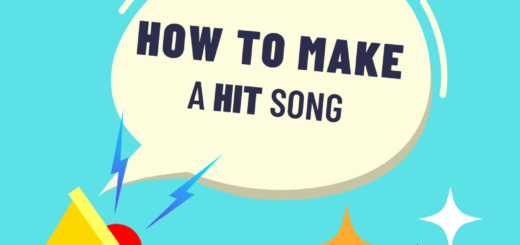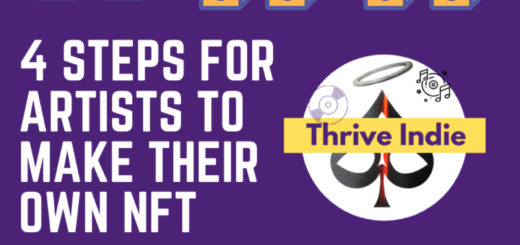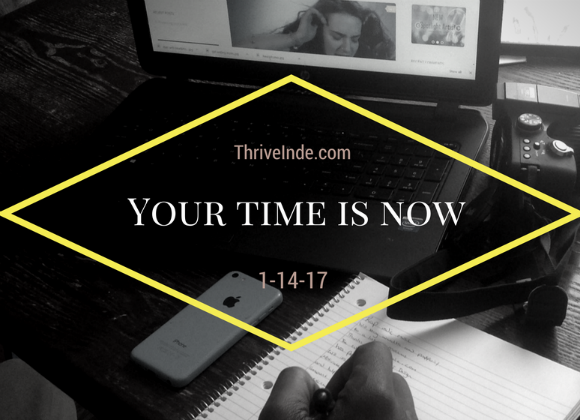The future of digital marketing. Three Tech formats emerging artists will utilize
Digital marketing is a key component in any successful brands marketing strategy. The internet’s power to reach audiences directly while collecting useful data on them has become invaluable. But the internet is not the only medium digital marketing can be utilized. With new advances in technology being made seemingly daily, digital marketing will continuously evolve to give consumers a more immersive advertising experience.
These advances in tech mean more ways to enthrall audiences with content for the entertainment industry. The experience is everything when it comes to entertainment and music is no different. Cherie Hu, a versatile Music-Tech journalist (#MusicTech) who regularly contributes for publications like Forbes, wrote an interesting piece recently. Along with foretelling the death of the playlist, she offered some insights on what would eventually replace them.
Is the Playlist dying?

As it stands now playlists are powerfully effective for new artists. Having a song placed on a playlist has yielded very positive results and are a big focus for the industry. According to Hu this won’t last long.
“Playlists aren’t just “the new radio” because they have wider reach or influence; they might be the new radio because their format is becoming similarly stale.” – Cherie Hu
In the article, she outlines the decline in engagement on playlists and other telling metrics about the falling format. She also points to deeper integration with other entertainment formats as the ‘new wave’ for marketing new artists and music.
I am not here to discuss the future of playlists, however, I do believe the future of music is tied to its merging with other formats and platforms. The experience is everything in entertainment. Creating a moment that the audience will never forget is when artistic expression can be best monetized. Below I go through three formats that artists will need to utilize in the not so far future.
Virtual Reality (VR)

I became fascinated with virtual reality in 2016. After learning the Warriors used it in their pitch to land Kevin Durant that offseason – I thought about what an artist could do with a fan base.
Immersing potential fans inside a world where they can experience your music first-hand is a tactical no-brainer. Marketers will take customers on virtual tours of hotels, theme parks, and resorts from their living room. Music would easily fit into the experience they are creating for their clients.
Several companies have already begun utilizing virtual reality. VR marketing campaigns often utilize storytelling to lead consumers on a first-person journey with their product or service. In the future to successfully utilize VR creators will have to create captivating and fun stories. Music will certainly be key.
Augmented Reality (AR)
Augmented reality is technology that can display digital content onto the user’s view of the real world. Pokemon GO, the app that brought the Pokemon world to smartphones utilizing AR tech is making a comeback. So far in 2018, the app has generated $104 million. Snap filters have yet to lose there shine either.
Because of these apps, AR has become a normal part of life for many people. And as it becomes widely accepted it will slowly creep into the various phases of the consumer journey. As a result, AR will begin affecting our purchasing decisions and how we entertain ourselves.
The music industry will find creative ways to integrate their product with the tech. For artists, the key will be getting the jump on trends before they emerge. AR adds texture to a brand. Artists should already be thinking of ways to interact with audiences through AR if they haven’t already.
To utilize AR properly, marketers must focus on the consumer’s interaction with the overlaid digital content and how that content interacts with the consumer’s real world. Furthermore, the more playful the better as studies show consumers have fun trying out different uses with AR.
Self-driving cars

The music industry has almost always relied heavily on transportation as a source of revenue. How much time is the average person inside their vehicle? In large cities, it is not uncommon to drive an hour to commute back and forth to work. That total adds up to about 10 hours a week and about 40 hours a month, just going to work.
Now, let’s take that time and convert it to an immersive advertising experience. The cars of the future will not just be self-driving but will have screens galore turning it into the largest mobile device on the planet. Marketers will utilize this new found free time to sell their products and service to consumers. Conditionally operated and self-driving cars are set to generate between $15 and $20 billion between now and 2028.
Approaching this medium with a focus on personalization will be essential. Artists will have to find a way to create layered content that will create a unique experience for audiences.
To conclude, the future of the music and entertainment integration is exciting as tech continues to find new ways to deliver it. We are entering into a time where artistic expression will literally transport people to worlds. To stand out in this new era will take creativity and fearlessness on behalf of the creators. How emerging independent artists will utilize these formats is the true question.
Right now, the industry is flooded with new acts because the tech is easily accessible. Once the status-quo changes, will artists still find it so easy to break into the industry? Leave your thoughts below.







Recent Comments